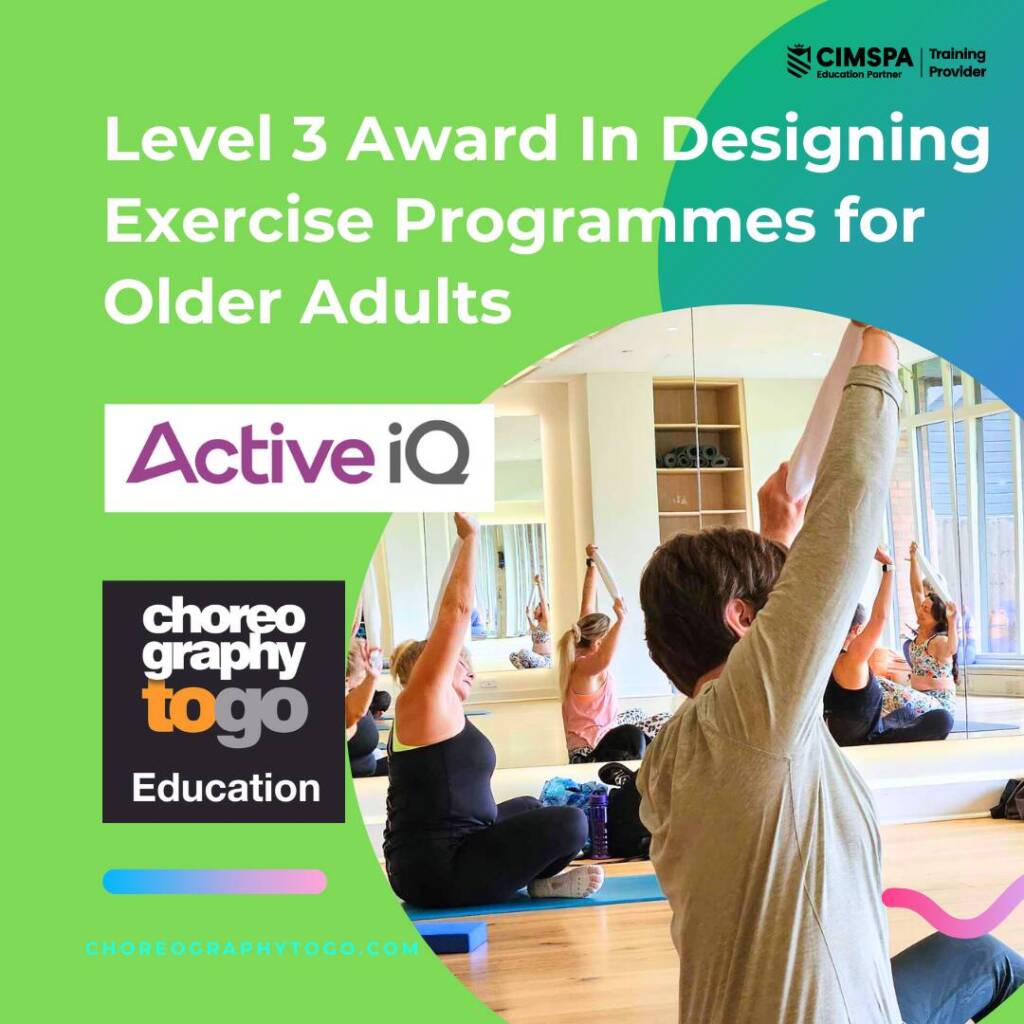
Qualification Blog
The importance of posture and how we can help as Pilates instructors
[vc_row][vc_column][vc_column_text]
The Importance of Posture
Posture refers to how you position your body when you’re sitting, standing, or lying down. Your posture is the result of habits formed over the course of years. Learn why good posture matters — and what you can do to improve yours and your pilates clients.
What is good posture?
Good posture is the proper alignment of your body when standing or sitting. Correct positioning involves training yourself to hold your body against gravity with the least strain and tension on supportive structures, such as your muscles and ligaments. Proper posture keeps your bones and joints in optimal alignment and decreases wear and tear on supportive structures.
Good posture reduces back and neck pain
The proper alignment of your spine allows you to move easily so that your body supports your weight without strain. Poor posture can place stress on your tendons, muscles, and ligaments, leading to neck and back pain.
If you suffer from neck and back pain, it may surprise you to know that improving your posture may go a long way in easing your symptoms.
Poor posture impacts digestion
Slouching puts your body in an unnatural position that can impact certain abdominal organs. Stooping or hunching over at your desk or slouching while looking at your mobile device can interfere with proper digestion, increasing the risk for acid reflux and constipation.
If you notice that you get heartburn when slouching, something as simple as sitting up straight may bring relief.
Good posture improves muscle and joint function
When you use good posture, your muscles and other structures function properly, helping you to avoid abnormal wear and tear. Improper posture places stress on your joints and can cause them to wear away. This is the most common cause of osteoarthritis, a form of “wear and tear” arthritis.
While other factors, such as age and genetics, can increase the risk of arthritis, the way you carry your body plays a role in how much stress you put on your joints. Keeping your body aligned in the proper posture can reduce muscle fatigue and strain and help keep your joints healthy and lubricated.
Proper posture boosts mood
When you think about factors that can improve your mood, posture likely isn’t the first thing to come to mind. Look at it this way: Your brain and body have two-way communication, meaning that your mood can impact your posture and your posture can affect your mood. When you’re happy, you may notice that you sit upright, and when you’re feeling down, you’re more likely to slouch or sit in a slumped position.
The next time you notice your mood sinking, try changing your posture; stand up straight, and take deep breaths. You may notice a gentle boost in mood after doing so.
Proper posture improves spine health
Good posture is one of the simplest and easiest ways to keep your spine healthy. While it may take some practice and mindfulness, using correct posture will provide the appropriate back support. This is especially important if you spend time sitting in an office chair or standing throughout the day.
Sitting and standing with proper alignment improves blood flow, helps keep your nerves and blood vessels healthy, and supports your muscles, ligaments, and tendons. People who make a habit of using correct posture are less likely to experience related back and neck pain.
Back pain is one of the most common complaints we see as pilates instructors!
So how can Pilates help improve posture?
Pilates based exercise has been shown to promote changes in habitual posture by enhancing spinal, scapular and joint flexibility and strengthening shoulder, lower back and abdominal musculature.
Some of the specific benefits Pilates offers:
- Strengthens your core muscles (your abs)
- Teaches you good spinal alignment
- Helps you become more aware of your posture
- Helps improve your flexibility
These benefits work together to prevent back pain and help you maintain good posture. Let me explain how.
Pilates is based on developing strong core muscles. In Pilates, you’ll do various exercises to develop core strength. These exercises will teach you how to “lock/brace” the core and to breathe correctly. That is, you’ll train your body when to contract your core muscles; you’ll also learn how to release them. Contracting and releasing muscles can lead to overall core strength.
But what does having core strength mean?
It means that the muscles in the trunk of your body work together to stabilise and support your spine. Strengthening these muscles can help you develop a strong core.
Also in Pilates, there is something called “active awareness” of the muscles that help maintain posture. You engage in active awareness when you do core stabilisation exercises.
Once you acknowledge the importance of your core and you engage those muscles, good alignment—namely good posture—will follow.
We hope you found this blog helpful today!
Here are some workshops to help you develop your knowledge in this area as a Fitness Pilates instructor:
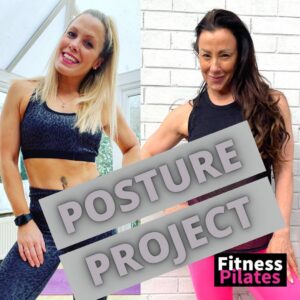
The Fitness Pilates Posture Project CLICK HERE
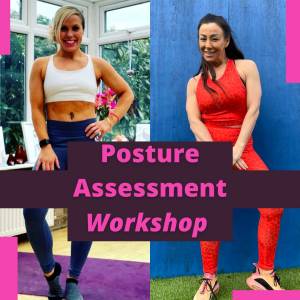
The Posture Assessment workshop CLICK HERE
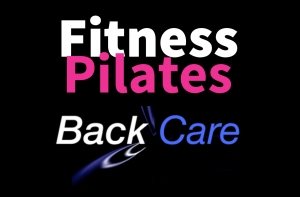
Advanced fitness Pilates for Back care CLICK HERE
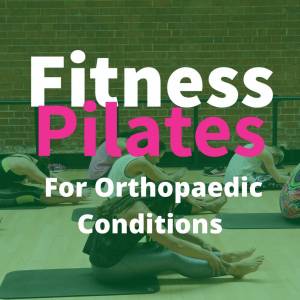
Fitness Pilates for orthopaedic conditions CLICK HERE
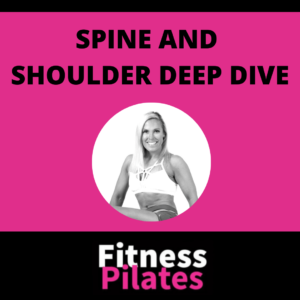
Fitness Pilates spine and shoulder deep dive CLICK HERE[/vc_column_text][/vc_column][/vc_row]
Share this post:
Latest Qualifications


The latest Qualification blogs & news
Join the C2GO newsletter
It is free and comes out once a week with tonnes of inspo, news and choreography.







